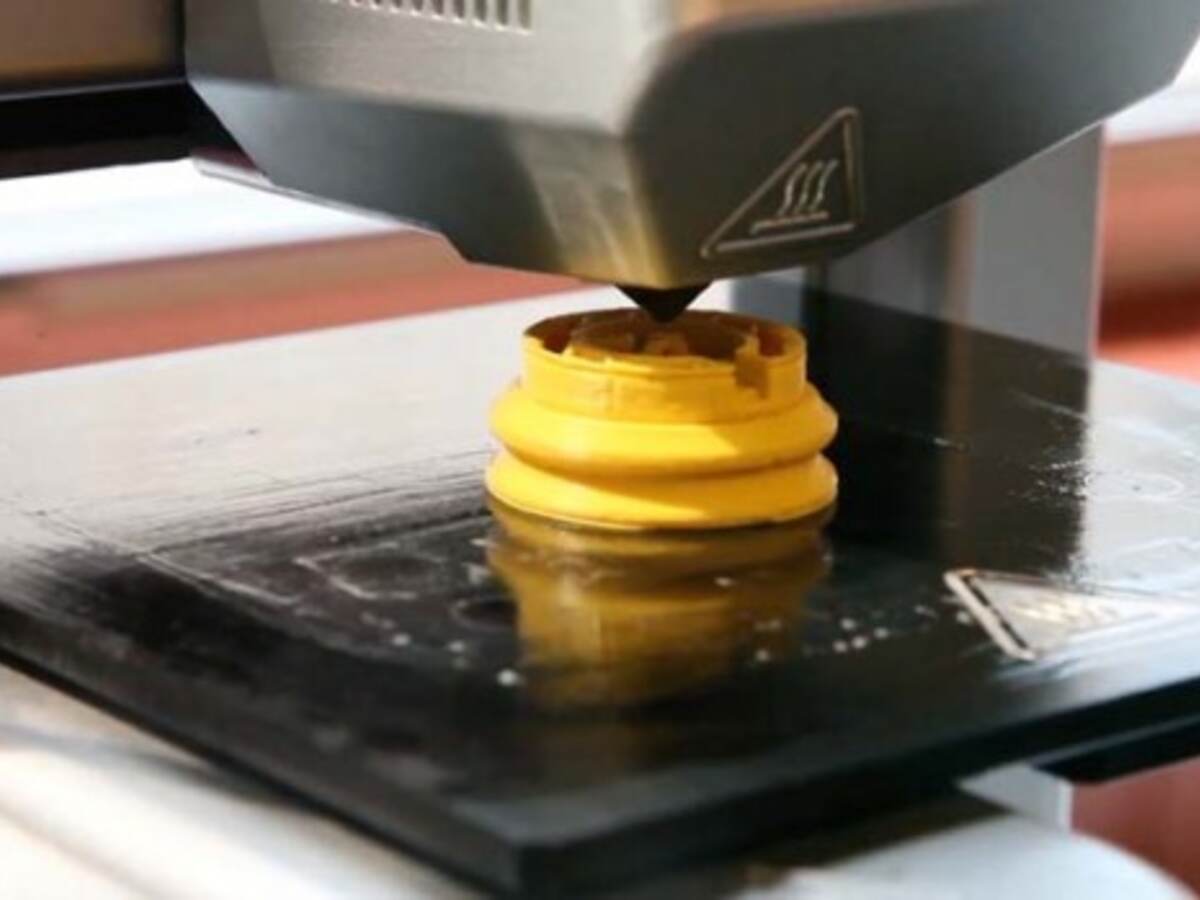January 19, 2016
No one can miss the rapid advancements in additive manufacturing today and its impact on many industries. While the excitement is ever present, it’s hard to separate and remove the hype from reality. Even though the industry has been around for 30 years, the technology is finally coming of age and becoming more readily available, drawing a lot of attention from media, consumers, and manufacturers. Although many dream about the day we’ll have the ability to 3D print products at home, it’s not a reality… yet. But that hasn’t discouraged businesses and organizations from exploring how additive manufacturing can be applied to transforming their supply chain. In fact, more and more industries are looking to make the investment in 3D printing products, materials, and maintenance services. But what about investments in training?
As 3D printing has become more pervasive, the majority of individuals today looking to use 3D printers do not have the background needed to design, perform, and operate this advanced technology. By understanding why training is important and what type of training individuals need, we can safely move this innovative technology in the right direction as it is applied across different industries and applications.
Who Needs Training?
The answer is simple: everyone. According to Wohlers Associates, the global 3D printing market is expected to reach $21 billion by 2020. As it continues to develop, it’s projected to touch consumers and businesses around the globe, putting it in the hands of individuals unfamiliar with basic manufacturing processes and best practices. Increasingly, anyone can walk into a UPS store and use one of their expanding 3D printing services to create a prototype or customized smartphone clip. Even children have access to 3D printers in their elementary schools today. As an emerging technology spanning generations, it’s vital to understand 3D technology processes.
Why is Training Important?
If you asked someone on the street what 3D printing can do, it’s likely you will hear how someone’s life was saved by a 3D printed implant or how the world’s smallest working drill was created with a 3D printer. Then, ask the same person how it really works, and we see a gap in knowledge and understanding of the technology. Training can move users past the hype and to pragmatic
applications.
Businesses and consumers need the background information necessary to ask better questions and gain an understanding of the terminology used for this emerging technology. Some questions might include: What are the different technologies? Do you need a 3D CAD file before you use a 3D printer? Are there additional post-processing options?
With proper training and education, individuals will have the resources on tap to dig deeper into the technology and push it to the next level. Not only will training give individuals more power to develop and use this technology, it will also hold suppliers and manufacturers accountable to proper testing, safety, and quality standards prior to sale.
What Level of Training is Available?
Designers, manufacturers, and consumers are all at different levels in their understanding of 3D printing. Thus, a variety of types of training levels are available. First, foundational training gives individuals with no experience the tools to understand the terminology and different types of technologies. Technical training provides individuals with a deeper dive into the technology, allowing  business decision makers to understand the ways in which to best utilize additive manufacturing and take advantage of the supply chain enhancements. Lastly, advanced training is available for those looking to understand the machine, material-handling, and post-processes.
business decision makers to understand the ways in which to best utilize additive manufacturing and take advantage of the supply chain enhancements. Lastly, advanced training is available for those looking to understand the machine, material-handling, and post-processes.
As 3D printing is expected to become faster and less expensive over time, contributing to rapid expansion of its use, training will enable not only smarter production but also smarter purchasing. Whether foundational, technical, or advanced training is needed, consumers and businesses can bridge the knowledge gap between 3D printing reality and hype to take advantage of the growing possibilities of additive manufacturing.
Originally published by 3DPrint.com.

